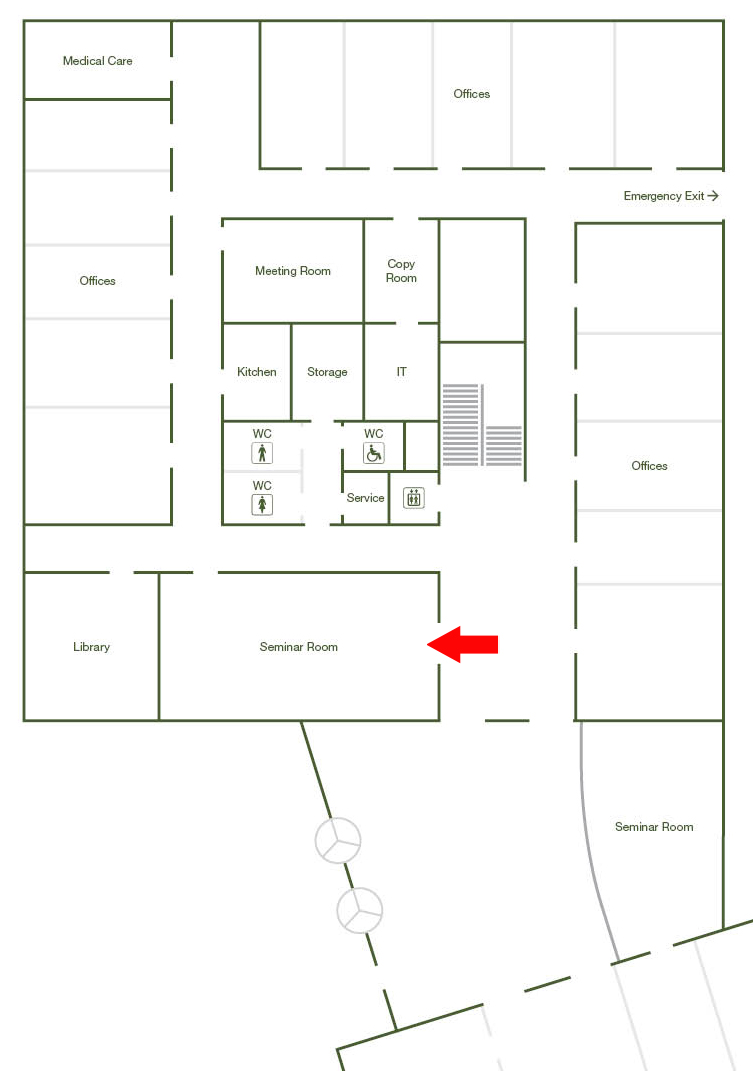Mechanistic relationships in the TMEM16 family of calcium activated chloride channels

 The TMEM16 proteins constitute a family of membrane proteins with an unusual functional breadth, which includes lipid scramblases and Cl- channels. Both functional branches are activated by calcium, acting from the intracellular side, and they share a common architecture, which was defined by the structure of the lipid scramblase nhTMEM16 (1). In this protein, each subunit of the homo-dimeric protein encompasses ten transmembrane helices and structured cytosolic domains. The structural features of subunits suggest that the dimeric protein harbors two locations for catalysis that are independent with respect to activation and lipid conduction. In scramblases, the subunit cavity, a hydrophilic membrane-traversing furrow contained within each subunit that is exposed to the lipid bilayer provides a path for polar lipid headgroups across the membrane. It contains a conserved Ca2+-binding site located within the hydrophobic core of the membrane, which regulates activation in both channels and scramblases. As shown by electrophysiology the ion channel TMEM16A contains two ion conduction pores that are independently activated by Ca2+ (2). The nhTMEM16 structure thus provides insight into functional mechanisms underlying lipid movement in scramblases and ion conduction in channels of the TMEM16 family. 1. J. D. Brunner, N. K. Lim, S. Schenck, A. Duerst, R. Dutzler, X-ray structure of a calcium-activated TMEM16 lipid scramblase. Nature 516, 207-212 (2014). 2. N. K. Lim, A. K. Lam, R. Dutzler, Independent activation of ion conduction pores in the double-barreled calcium-activated chloride channel TMEM16A. J Gen Physiol 148, 375-392 (2016).
The TMEM16 proteins constitute a family of membrane proteins with an unusual functional breadth, which includes lipid scramblases and Cl- channels. Both functional branches are activated by calcium, acting from the intracellular side, and they share a common architecture, which was defined by the structure of the lipid scramblase nhTMEM16 (1). In this protein, each subunit of the homo-dimeric protein encompasses ten transmembrane helices and structured cytosolic domains. The structural features of subunits suggest that the dimeric protein harbors two locations for catalysis that are independent with respect to activation and lipid conduction. In scramblases, the subunit cavity, a hydrophilic membrane-traversing furrow contained within each subunit that is exposed to the lipid bilayer provides a path for polar lipid headgroups across the membrane. It contains a conserved Ca2+-binding site located within the hydrophobic core of the membrane, which regulates activation in both channels and scramblases. As shown by electrophysiology the ion channel TMEM16A contains two ion conduction pores that are independently activated by Ca2+ (2). The nhTMEM16 structure thus provides insight into functional mechanisms underlying lipid movement in scramblases and ion conduction in channels of the TMEM16 family. 1. J. D. Brunner, N. K. Lim, S. Schenck, A. Duerst, R. Dutzler, X-ray structure of a calcium-activated TMEM16 lipid scramblase. Nature 516, 207-212 (2014). 2. N. K. Lim, A. K. Lam, R. Dutzler, Independent activation of ion conduction pores in the double-barreled calcium-activated chloride channel TMEM16A. J Gen Physiol 148, 375-392 (2016).